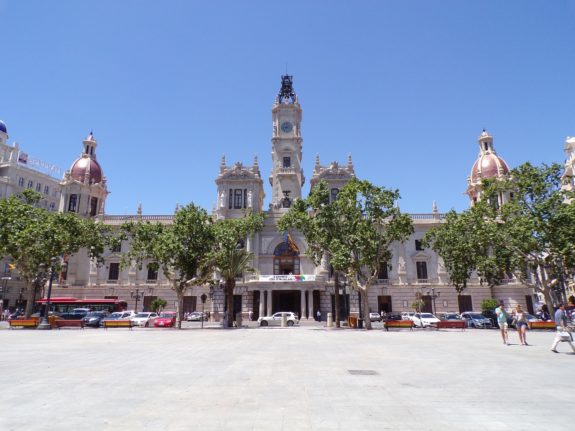What’s new?
Spain’s Labour Ministry has announced its intention to raise the Minimum Interprofessional Salary (SMI) in 2021 and has promised that its committee of experts will this month announce how much the minimum wage should rise over the next three years and at what pace.
Despite the ministry already having made the announcement, there are still many unresolved doubts among the group of experts as to exactly how and when this should happen.
Spain’s current minimum wage is set at €1,108.3 gross per month. In reality, this equates to €950 a month, payable in 14 instalments to allow for the double monthly salary in July and December.
Joaquín Pérez Rey, secretary of the State of Employment and Social Economy explained during a recent press conference: “The Spanish government has not abandoned the idea (of raising the SMI) and is waiting for the conclusions of the group of experts to be definitively produced… We trust that throughout the month of June, the commission will be able to give their opinion on what salary to set and the growth rate”.
How is the minimum wage calculated and how much would the new figure be?
According to a report by Vozpópuli, sources have told the news site that the committee of experts have found their task very difficult. Even a few weeks ago they had not yet been able to define what Spain’s average salary is and, therefore, what would be 60 percent of that average salary, to know how far the SMI should go up.
The process is complex, since neither the European Union nor The Organisation for Economic Co-operation and Development (OECD) has given guidelines on how to calculate what the mean or median wage for a country is.
The objective is that the minimum wage should reach 60 percent of the average wage in order to comply with the European Social Charter, but in order to achieve that objective it must first be defined.
Based on this percentage the amount could range between €1,000 and €1,200, but the figure hasn’t yet been officially confirmed.
However, most Spanish news sources have said that the initial minimum wage rise Labour Minister Yolanda Díaz is pushing for in 2021 would be of €50, up to €1,000. These plans have been in the pipeline for Spain’s left-wing government since 2019, the intention being to continue increasing el salario mínimo up to €1,200 by 2023.
Opposition to raising the minimum wage
At the end of 2020, the Minister of Economy Nadia Calviño aligned herself with Spain’s top business people and managed to freeze an increase to minimum wage, until the economy could recuperate.
In fact, the Spanish Government did not include its intention to raise the minimum wage in its Recovery Plan sent to Brussels, even though Minister of Labour and Social Economy Yolanda Díaz recently insisted that these plans remain in place.
Given the refusal by businessmen to raise SMI, it seems difficult for the Government to approve this measure with everyone in agreement.
The Economic and Social Council (CES), Moncloa’s advisory body on economic and labor matters, has indicated in its Annual Report, published on Wednesday, June 2nd, that there is empirical evidence that increases in the SMI that are not consensual can generate a negative impact on a macroeconomic level. The same will happen if the minimum wage rises above 60 percent of the average salary of an economy.
“Historically there has been a negative impact on the economy when it has been adjusted abruptly and without an agreement,” warns Raymond Torres, director of Situation and International Analysis at Funcas and an expert appointed by the CES.
The last time Spain increased the minimum wage was in January 2020 when Spain’s new Socialist government brokered a deal lifting the minimum wage by 5.5 percent from €59.80 to €1,108 ($1,230) gross a month.



 Please whitelist us to continue reading.
Please whitelist us to continue reading.
Member comments